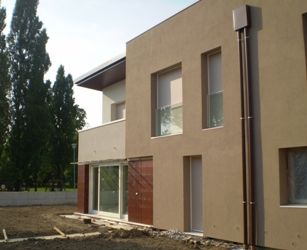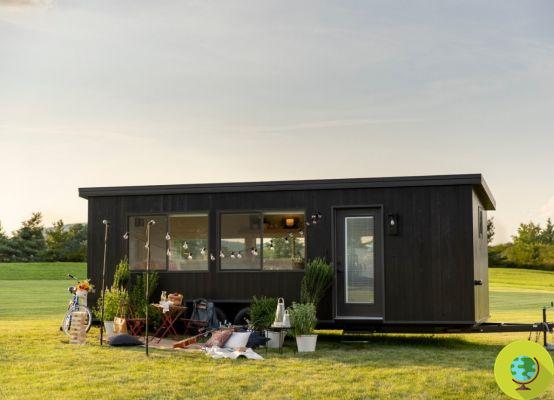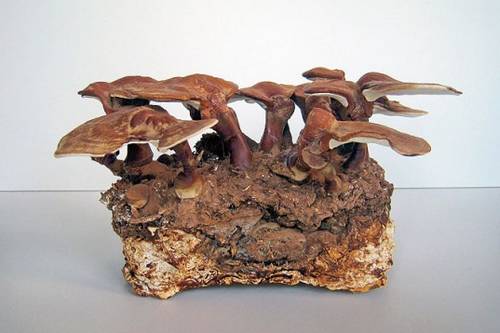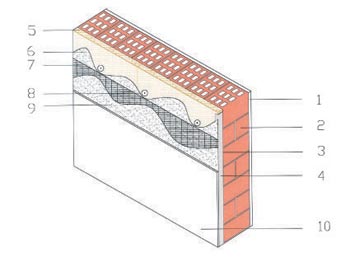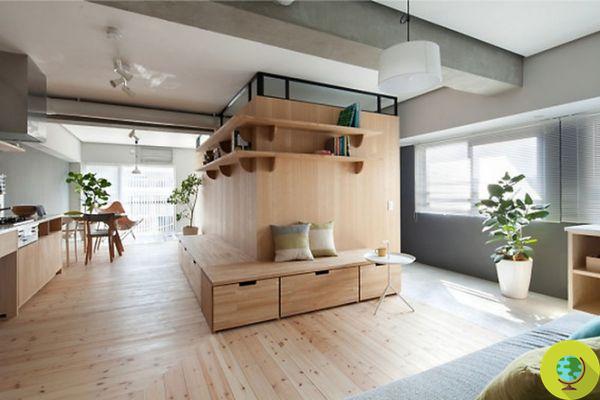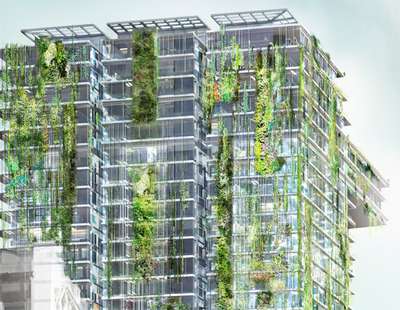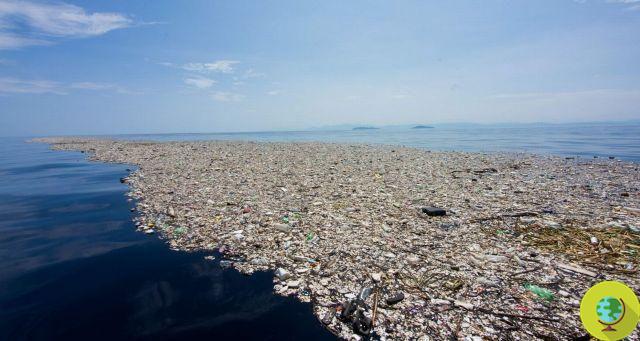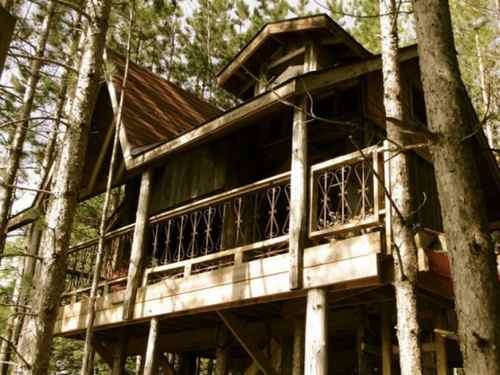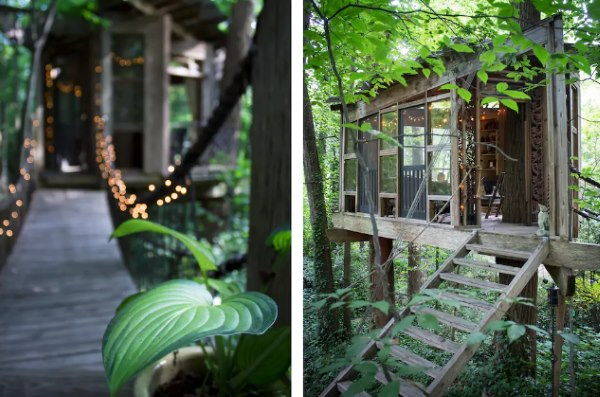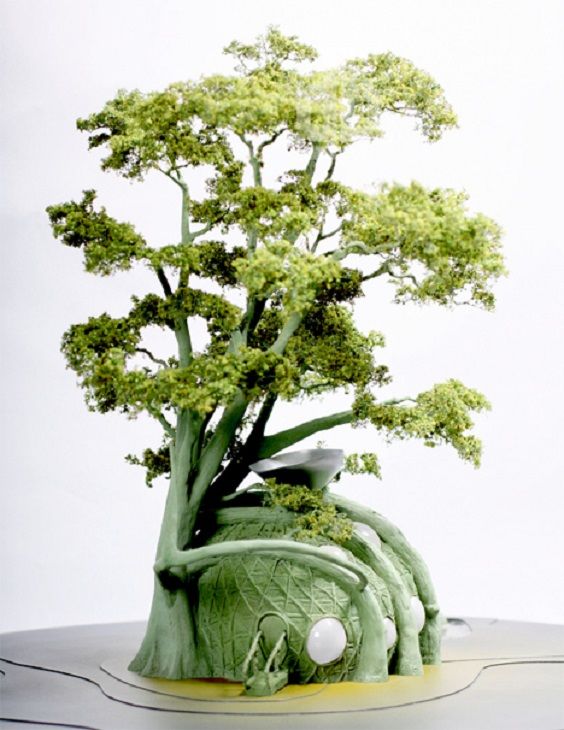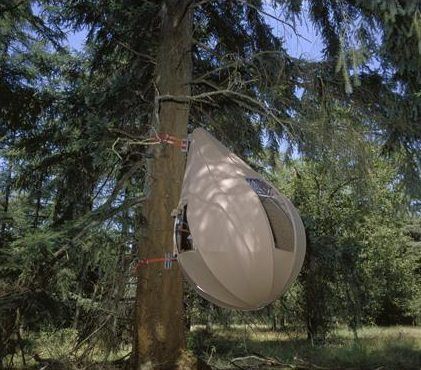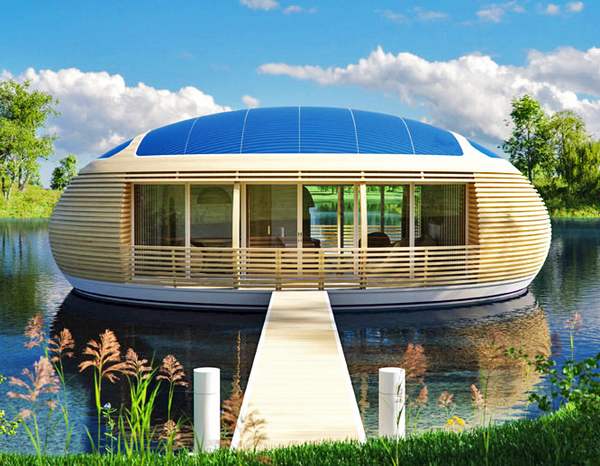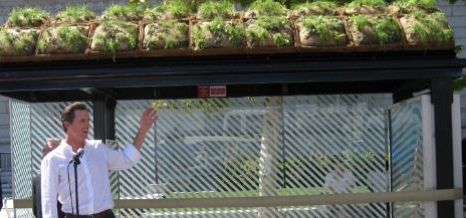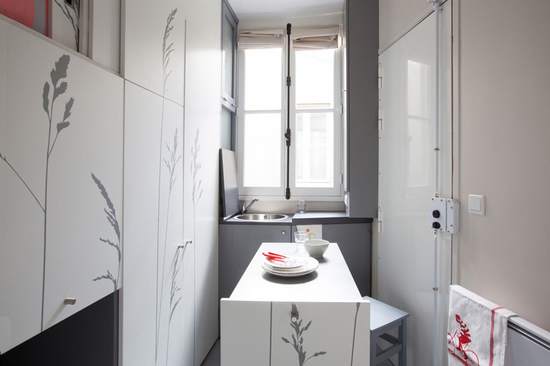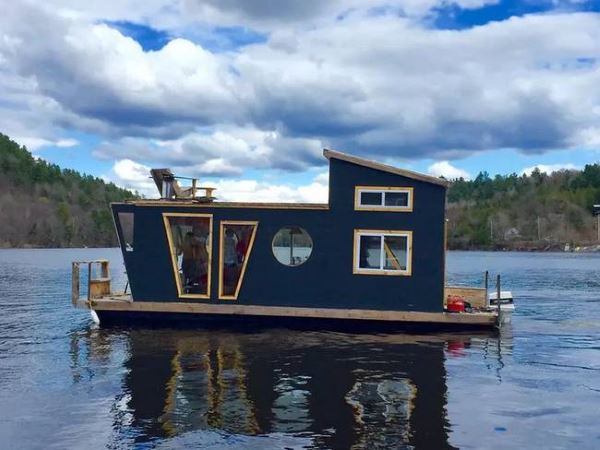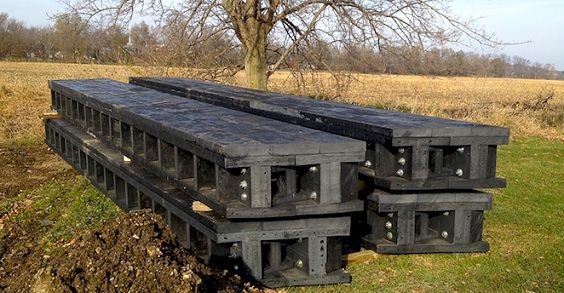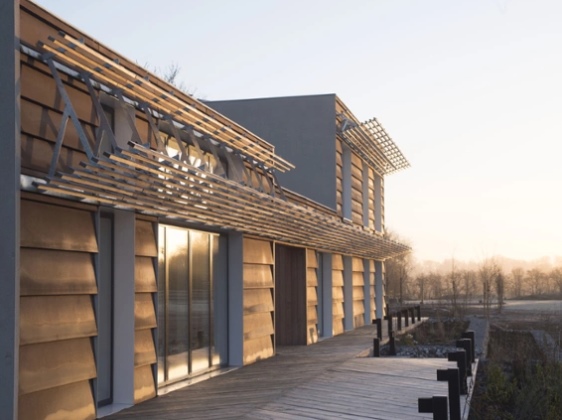Thermal insulation and green building: from nanocellulose, graphene oxide and sepiolite nanoparticles an environmentally friendly material is born, with insulating and fireproof properties
He is about to end up run over, his mother saves himgreen building, how to get effective completely biocompatible thermal insulation? Simple, put it together nanocellulose, graphene oxide e sepiolite nanoparticles and you have a environmentally friendly material, with insulating and flame retardant properties.
This is the result of a research funded by the Swedish strategic foundation (SSF), conducted in collaboration with the Politecnico di Torino and published in Nature Nanotechnology.
The working group studied the realization of this new material through a particular process called "freezecasting“, Or the proper combination of suspensions of nanocellulose, graphene oxide and sepiolite nanoparticles (all of which are renewable and abundant materials), which allowed the production of foams characterized by extreme thermal insulation properties and fire resistance. These are ultra-light foams with a higher insulating capacity than traditional materials. Even from the point of view of the application of a flame, these new materials prove to be in stark contrast to the properties of traditional materials which statistically are instead the main cause of fires in homes.
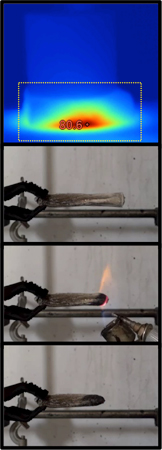
WHY IT IS NECESSARY - Because nowadays the thermal insulation of buildings contributes for more than 10% of the global energy consumption. This means that producing insulating materials characterized by high performance and, above all, deriving from renewable sources represents a challenge and a necessity in the field of sustainable construction, both from an energy and an environmental point of view. A challenge, therefore, against materials such as expanded polystyrene, which certainly do not allow the achievement of the standards necessary for the construction of low energy impact homes.
READ also:
Green building: external thermal insulation




